-
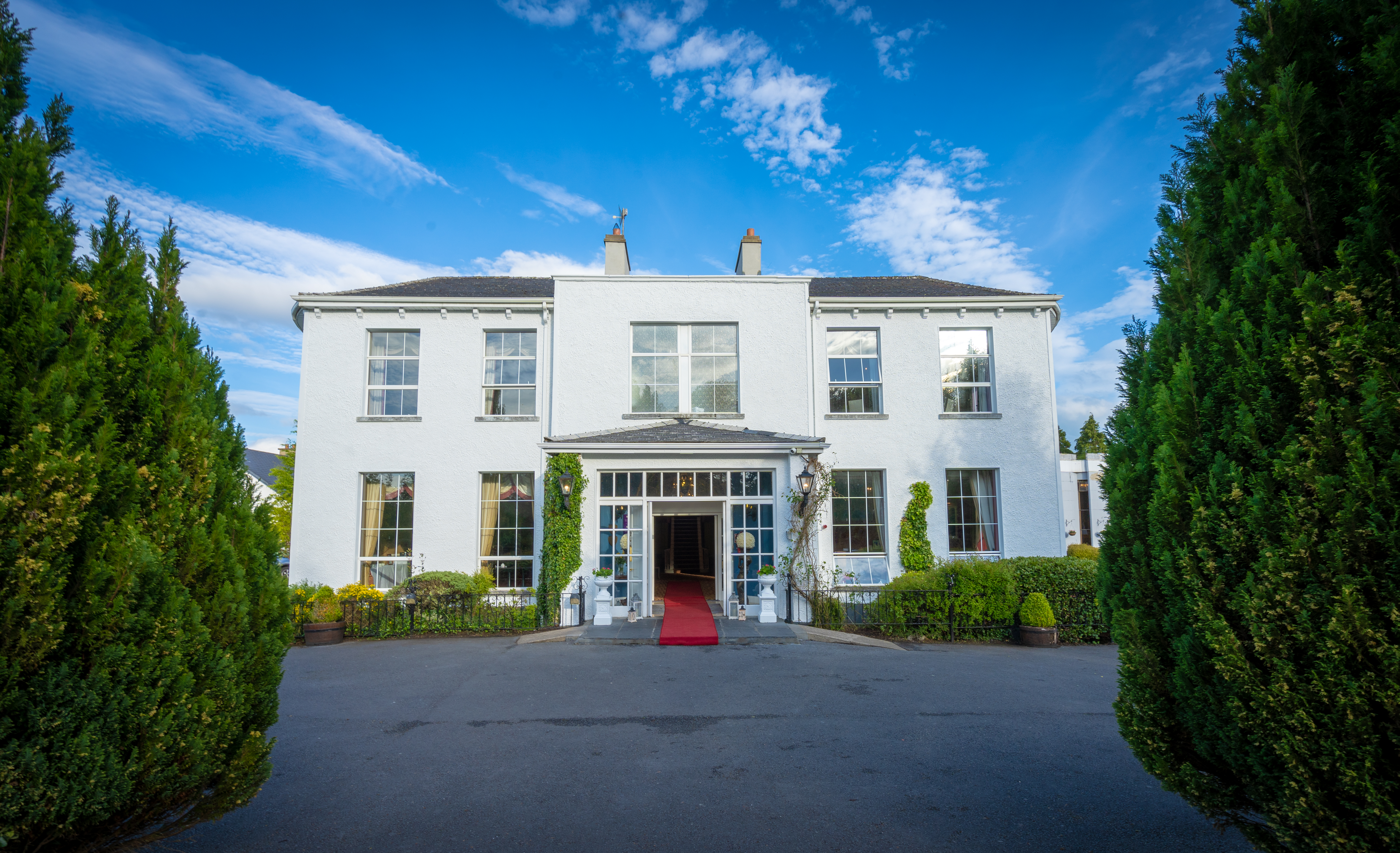
The History of
The Castle Oaks House Hotel
of Castleconnell
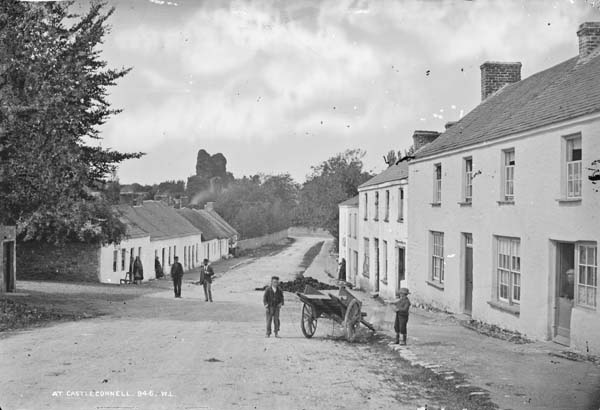
The History of the Castle Oaks House Hotel
Historic Castleconnell
Located seven miles north east of Limerick city on the banks of the lordly river Shannon in the parish of Castleconnell is Woodlands House – now known as Castle Oaks House Hotel. Surrounded by all kinds of beauty, Woodlands is rooted in the ancient history, legend and folklore of Castleconnell. It is situated in the townland of Stradbally where the area’s first village was sited as far back as the sixth century.
There is traditional belief in the locality that Saint Patrick walked the riverside path at Woodlands on his missionary journey through Ireland. Here can be seen a large stone bearing a man’s footprints and the impression of a snake running over the edge into the water. It is believed that from here Patrick banished the serpent into the Shannon, and from this rock he extended his blessing across the river to the County of Clare and its people. In the mid-eighteenth century and for the following seventy years or so, Castleconnell enjoyed a building Boom with the erection of many fine Georgian and neo-classical style mansions- most of them built along the banks of the Shannon. In no other part of Ireland were so many splendid dwellings to be found, all within a distance of a few miles, and all having their own distinctive features and character. In all there were nineteen great houses fringing both sides of the river at Castleconnell. Here the aristocracy of Munster established themselves bringing a further degree of elegance to the already sylvan beauty of the little Shannonside village.
The nobility – or the gentry – as they became known were the leaders of society in that era, and as the number of great houses increased Castleconnell gained the reputation of being one of the principal centres of entertainment in the south of Ireland. Much of its popularity then was influenced by the curative qualities of its famous spa water – a chalybeate spring that was equally comparable with the spa wells of Germany. To partake of the water from this health giving fountain came the Country’s gentry, the gay young spendthrift blades and the elegant young ladies of society. In their wake were the fortune hunters and social climbers all joining in the gaiety, the feasting, the gambling and the general merrymaking that was part of the scene then and which continued right up to the end of the eighteenth century.
Then the fickle rich grew tired of it all, and began to look for other ways to spend their leisure time.
Around this time too the great houses on the Shannon frequently held banquets and social gatherings where the privileged ones were always included on the guest list. Mountshannon, Hermitage, Woodlands, Summerhill, Waterpark and Erinagh were some of the houses that played host to many of the extravaganzas.
But the enchanting wonderland and the days of gracious living that surrounded the aristocracy and the landed gentry of that time passed all too soon, and of the aforementioned great houses, only Woodlands – now Castle Oaks House Hotel – has survived and continues to prosper into a new millennium.
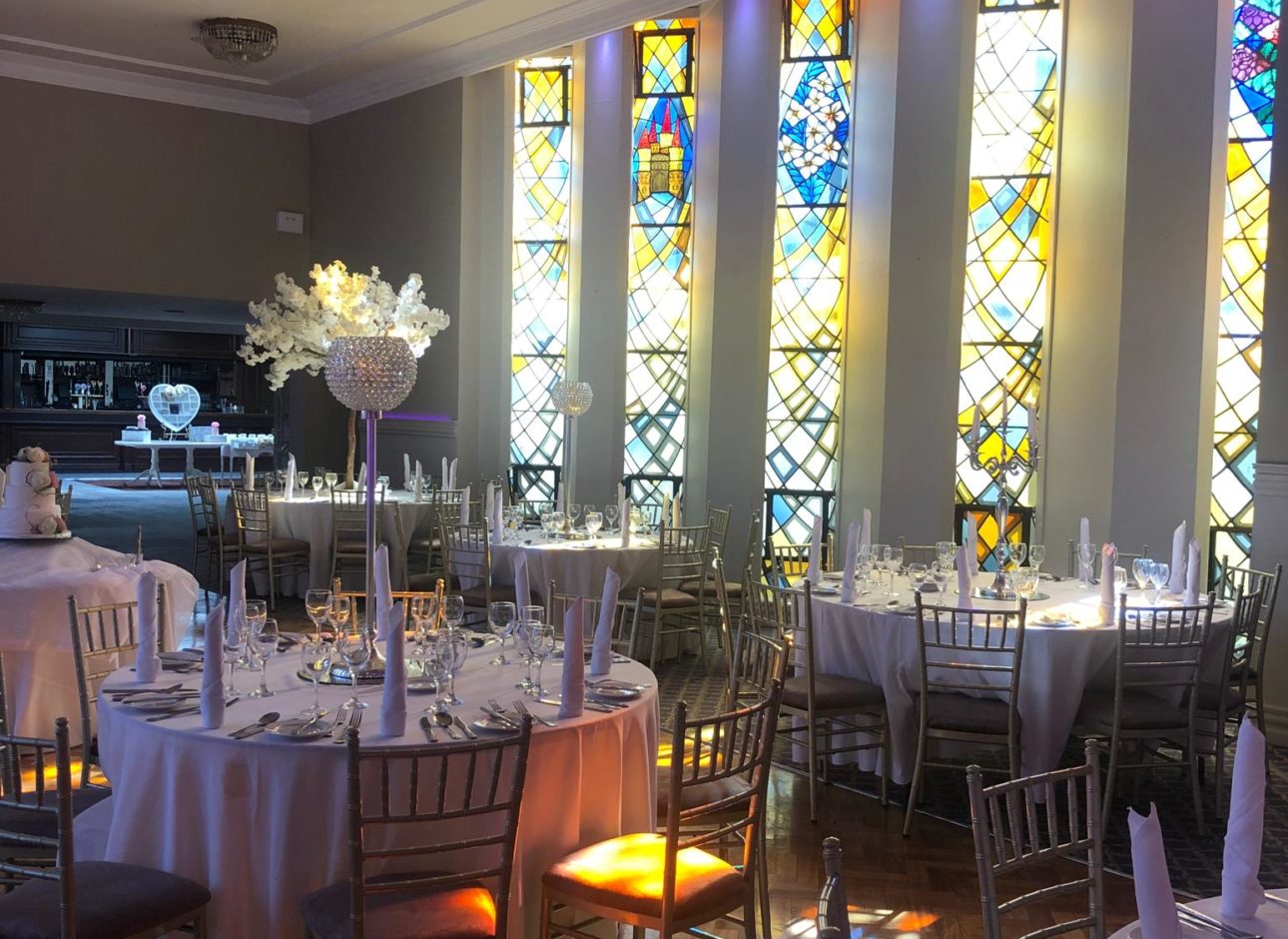
Architectural Features
Castle Oaks House (Woodlands) was built on a twenty five acre estate of good fertile land rolling down to the Shannon. The ground floor of the house itself consisted of a large entrance hall, two large reception rooms, ballroom, dining room, cloakroom and kitchen. The upstairs had seven bedrooms and three all purpose rooms.
The style adopted by the builders of Castle Oaks has all the architectural characteristics that were predominant during the late Georgian period (1780 to 1830). The exact year of construction is uncertain, but is likely that Woodlands House was built in the closing years of the eighteenth century. The style used by Robert Adam a famous architect and designer of the latter Georgian period is evident throughout, particularly so on both sides of the main house which are semi-circular or oval. This was one of Adams trademarks, always preferring octagonal or circular rooms to the more conventional square or rectangular design.
During the Georgian period the staircase was considered to be the most important internal feature of the great house, and at Castle Oaks the beautiful sweeping staircase leading form the charming entrance hall is most striking to the visitor’s eye. It is synonymous with all the glamour and graciousness of the great country houses of Ireland and Britain.
Castle Oaks House Families
The first known owners of the house were the Rich’s. Lieutenant John S. Rich and his family took up residence there in 1815. The lieutenant was quite pleased to have acquired such a beautiful home in an area surrounded by such rustic beauty.
Castleconnell in that time was beginning to make its name as a great fishing centre, and the sport of rowing was also a popular pastime among the gentry. While the lieutenant entered wholeheartedly into both activities he nevertheless kept a low profile. A gentleman of refined character, he preferred the privacy and tranquillity of his beloved Woodlands to engaging in some of the goings on of many of his contemporise in the locality.
The Rich’s left Castleconnell in 1836 and did not return to Castleconnell until the late 1840’s. In their absence the house was leased to John Tuthill. During these years of army service Lieutenant Rich was promoted to the rank of Captain. The family remained at Woodlands until the mid 1860’s.
Another family with a long association with Woodlands were the Shaw’s, who owned the house in the 30’s and 40’s. Malcolm Shaw and his family carried on the famous Shaw’s Bacon Factory in Limerick city.
Like all the big houses of that time, Woodlands had its own gate Lodge. Jim Coonerty who was gardener and chauffeur at Woodlands there with his family during those years. The property also had its own island – Powell’s Island – in the Shannon close to the Woodlands. The little island was once owned by Caleb Powell who owned several small parcels of land throughout the region. Unused for many years it became a natural wildlife sanctuary – home to swans and ducks and a hunt for coot and heron.
In the early 40’s Shaw’s sold out the property to a Captain Dixon; but the captain never took up residence there. Shortly after buying the house he was contacted by Mr. A. Sexton, a Limerick auctioneer who informed him of the Presentation Order’s interest in his property.
Eventually an agreement was reached and in June 1945 Woodlands passed into the hands of the Presentation Sisters who paid the princely sum of £2 000 for the house and its twenty five acres of land. The Presentation Order’s search for a suitable house in Ireland to establish a Novitiate began as far back as 1919. The amalgamated houses of the Order in India had been anxious to have such a house, but the time was not yet right because of the unsettled state of Ireland – then on the brink of the War of Independence. It was decided instead to open a Novitiate in Liverpool and later at Chesterfield House in Matlock, Derbyshire.
But World War Two wrought disaster for religious houses everywhere. It became more obvious that war-torn England was no place to bring novices, as many of the Novitiates in England had become empty in that period. So once again the Order looked towards Ireland for a solution to their problem.
Setting up a religious house in post-war Ireland was not an easy task. The cost of food, furniture and transport were high. Woodlands had been unoccupied for some time prior to the arrival of the nuns. The house was neglected, cold, damp and sparsely furnished. The Sisters had little money to go about furnishing such a large dwelling. But news of their plight quickly spread through the region, and donations of money, furniture and many other necessities began to pour in. the Redemptorist Fathers in Limerick, the Sisters of Charity and the Brothers of the Presentation Order all gave substantial donations including sacred vessels, vestments and altar linens.
The people of Castleconnell were overjoyed at the prospect of having a Religious Order in the parish, and played their part too in the establishment of the Novitiate. Many willing hands were offered to help the new arrivals to get the house and gardens into shape.
Nor was the task without its lighter moments. There is the story of one local individual who was quick to see the opportunity of making some extra money. He arrived at the convent door and offered himself, his horse and cart to do a days work – he had heard from a reliable source the nuns were paying good money to anyone willing to work for them.
In the evening – cap in hand – he tapped on the front door and told the young Sister who answered that he had finished the days work. With great expectation he awaited the arrival of the Reverend Mother. When she did appear she was full of praise and thanks for the great work he had done. “God will reward you my good man,” she told him pinning an Agnus Dei Badge to the lapel of his coat.
The Presentation Convent at Castleconnell was officially opened on 21st November, 1945, the feast of the Presentation of the Virgin Mary by the Bishop of Killaloe Dr Michael Fogarty, who expressed his welcome and delight for the first Presentation House to be established in his Diocese. He prayed that “young women would pour into the Novitiate as regularly and as surely as the Shannon River that passes the very door of this house.”
Before his departure, the Bishop planted an Oak tree in the front lawn. The tree – like Castle Oaks House Itself – has grown and flourished and become an integral part of the beautiful landscaped gardens. The gardens of the Presentation Convent were looked after in that time by Michael Flynn who lived with his family in the old gate lodge.
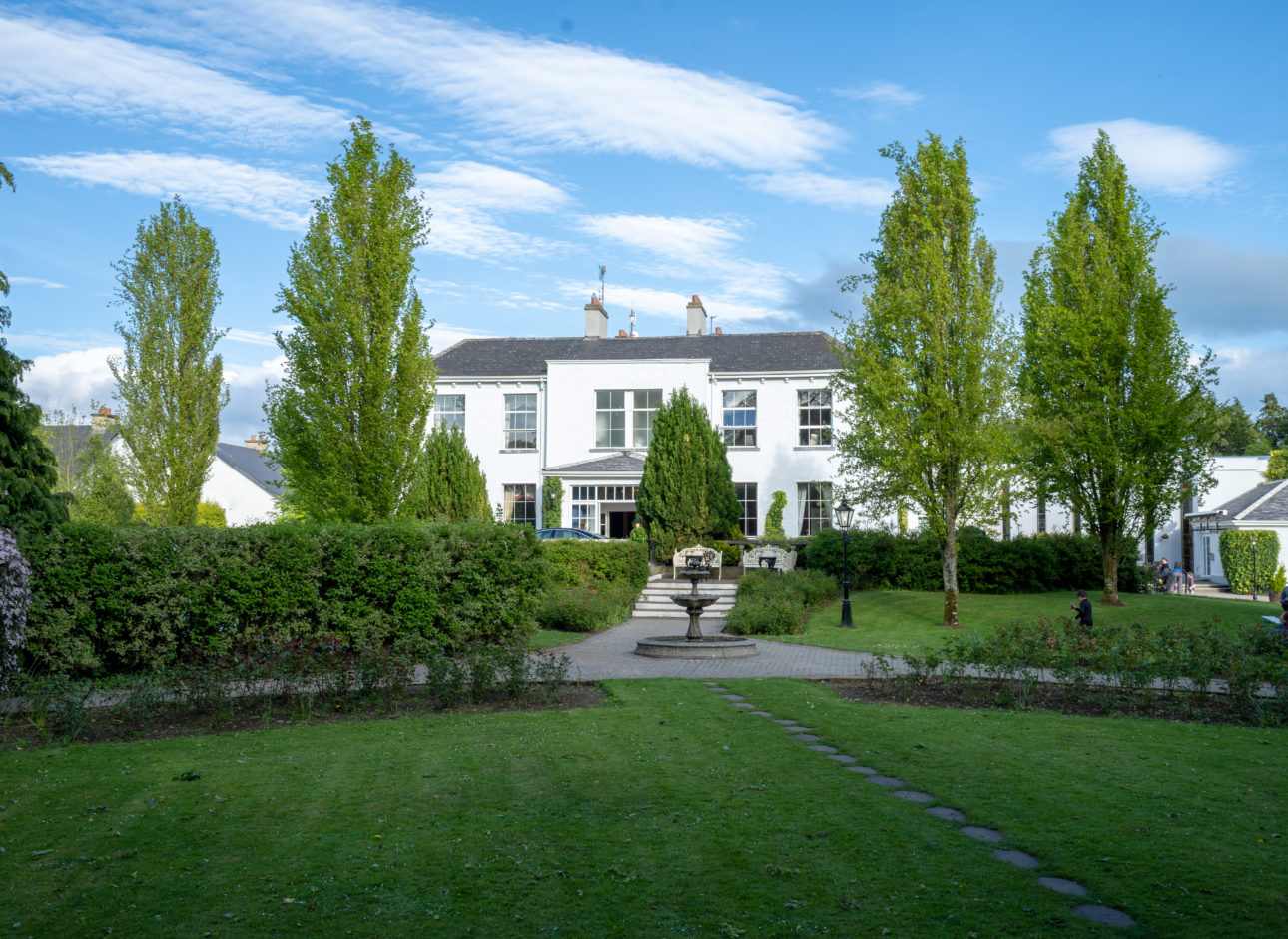
Rosary Hill School
In 1945 the Presentation Order made a very significant contribution to post-primary education in the area when the Order purchased the adjacent property Belmont House – another of Castleconnell’s famous dwellings.
Belmont was once the home of Thomas Grady – or Spectacles Grady – as he was called because of his short-sightedness. Grady was a poet of much repute whose highly polished and elegant style of writing won his many admirers. But ironically it was his great talent that led to his downfall.
Grady had a serious disagreement with his banker George Evans Bruce, which led Grady to write a satirical poem in which he heaped scorn and venom on the character of the banker. The result was a libel action which Bruce won. Grady was forced to sell Belmont to pay off his debts. Shortly after he left Castleconnell never to return.
Belmont had several more owners before it was acquired by the Presentation Order and converted into a secondary school for girls. Rosary Hill as it was named grew into a thriving educational institution. But sadly its term was short-lived, for in 1977 it closed its doors. The school’s facilities had fallen behind other centres, and as no money was forthcoming form the Government or any other source, the school closed at the end of term, twenty three years after it had opened, and with 160 pupils still on the roll books.
Eight years later in 1985 the Presentation Sisters and the local community suffered another great disappointment with the announcement that the Order was selling the convent and leaving Castleconnell.
A fall in numbers of vocations was the principal reason for the closure.
It was the end of an era in Castleconnell during which the Presentation Sisters had built up a meaningful and unique relationship with the people. Their contribution to the religious, social and educational life of the parish was monumental, and their going from Castleconnell left a void in the hearts of the whole community.
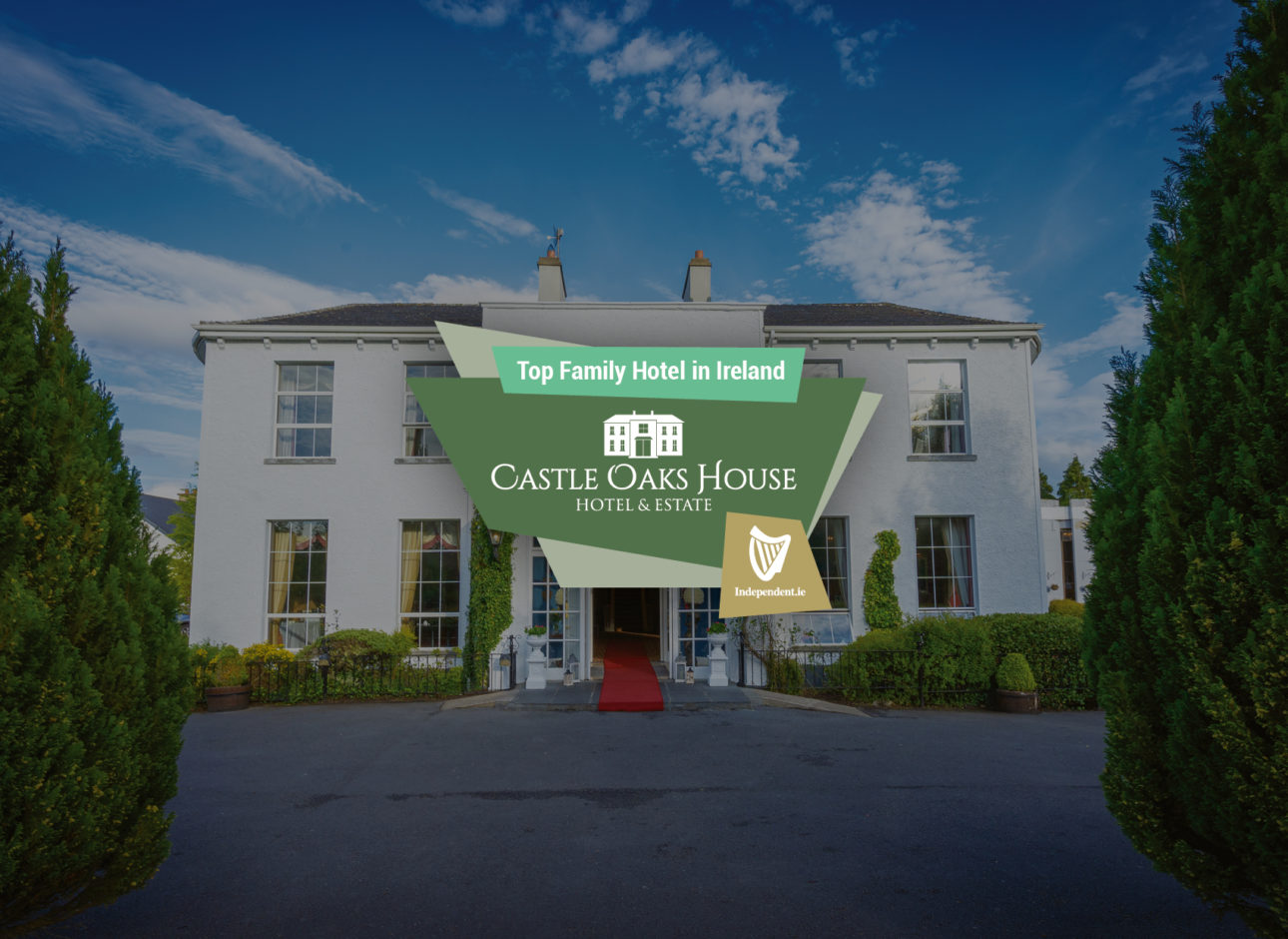
Castle Oaks House Hotel
The next owner of Woodlands was Brian Hanrahan, a Limerick man who transformed the convent into a hotel while retaining the character of the original building.
So Woodlands was reborn – and renamed Castle Oaks House Hotel.
Despite all the growth and expansion Castle Oaks has seen in its recent history, the planners have been careful and most successful in preserving the beauty and grandeur of the Woodlands of another day. The great house has kept its character and its links with its historic surroundings. Old names, old places are treasured – such as the Hermitage Room, that takes its name from the townland where the noble Massey family had its principal seat. The spacious Stradbally Suite, the Hotel’s main function area, named after the most ancient part of Castleconnell, was originally the Presentation Sister’s Chapel. The stained glass windows are still retained there giving testimony to the fact.
History- they say – has a habit of repeating itself, and this is certainly true in Castle Oaks, for when the brides of today in all their finery grace the Stradbally wedding reception room it is in some strange way a reception of another time – a time when radiant young women veiled and garbed in flowing white knelt here to become brides of Christ.
A visit to Castle Oaks House Hotel is a worthwhile and rewarding experience. Here is the best of both worlds – Grade A comforts and cuisine of a modern day blending with the old worlds charms of yesteryear in an idyllic setting on the banks of Ireland’s premier waterway. Small wonder it is often referred to as “Our Little bit of Heaven”.
Recently named one of Ireland’s Best Family Hotels by the Irish Independent newspaper, the Castle Oaks House Hotel is the perfect retreat for any getaway, with ample space and entertainment. Treat yourself to that well deserved break.
